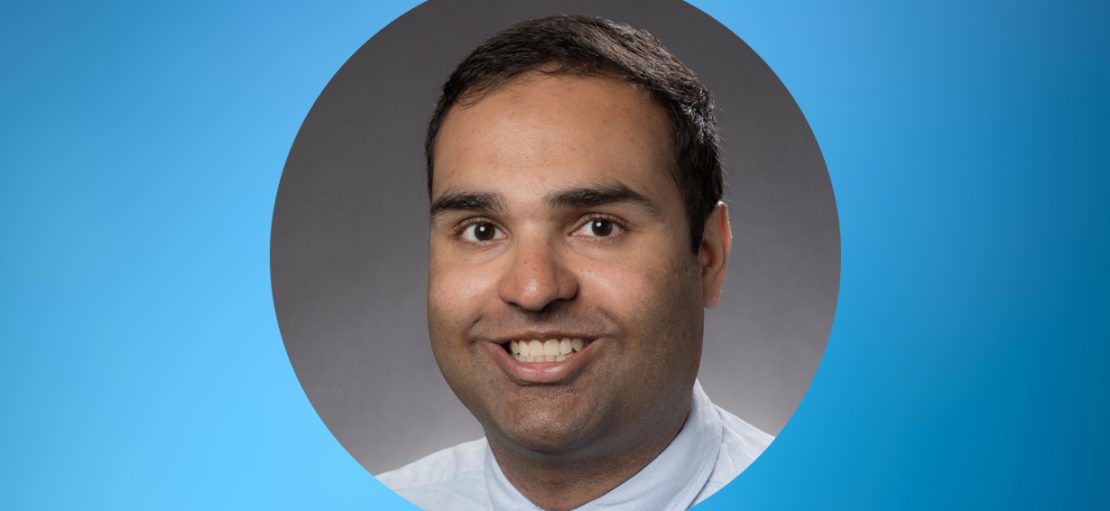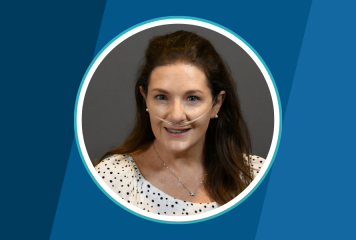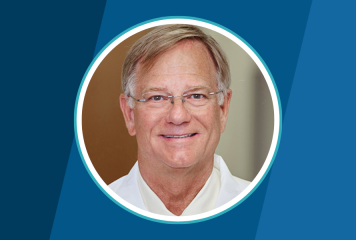Amish J. Dave, MD, MPH, is a board certified internist and rheumatologist practicing in Seattle and Bainbridge Island, Washington. He has also served as Co-Chair of the Arthritis Foundation Great West Chapter, Vice President of King County Medical Society, Executive Committee Member of the American College of Physicians Washington Chapter and a board member of the Washington State Medical Association. Dr. Dave joined the ABIM Rheumatology Board in July 2024.
What inspired you to become a physician and pursue rheumatology as a specialty? How has your educational background in history and neuroscience/biological science influenced your approach to medicine?
I went to college in Pittsburgh, initially with the goal of becoming a history professor—I loved Russian history and became passionate about Eastern Europe. I took some courses in Bulgaria my freshman and sophomore years of college and visited an orphanage there. Seeing the challenging health situations those kids lived with showed me that healthcare is more than just the medical conditions and things you learn in books. It’s also understanding the social determinants of how people live and whether they thrive or fail to thrive. It got me thinking about how I could use my background and knowledge of history, social sciences and biological sciences to become a better physician.
I went to medical school thinking I might be a neurosurgeon, then realized what I was most passionate about was not the operating room but the clinic: seeing patients with complex diseases and being able to help them find their diagnosis and make them feel better. I was doing research on inflammatory ulcerative colitis with Dr. David Rubin, who is an amazing gastroenterologist at the University of Chicago, and I became passionate about autoimmune diseases, so I decided to go into internal medicine and rheumatology.
What do you find most rewarding about your work as a rheumatologist?
What I love about rheumatology is that it’s not as black and white as some other fields. Rheumatology requires a lot more nuance; there’s no set algorithm to take care of a patient. As rheumatologists, we tend to be the primary care physicians for people with autoimmune diseases. We can hone in on those medical conditions, but we have to know our internal medicine, too. I need to know a little about a lot of things: cardiology, neurology, nephrology, etc.
Because the diseases we treat can affect nearly any organ in the body, so you have to have relationships with all the other specialists in the hospital or clinic. There are the relationships with our patients and developing long-term continuity with them; we get to know them and their families. I also find it rewarding that we as rheumatologists see such a breadth of different things. We treat over 400 different conditions, a lot of them common conditions. We could diagnose someone with elbow tendonitis or a blood clot in the lungs. A lot of what I do and enjoy doing is talking to patients about what’s going to be most effective for them in terms of mediation and how much it will cost, helping them figure out the best option for them based on their drug plan and insurance.
What are the challenges of providing care in different community settings, and what have you learned from balancing them?
I work in three different settings: I’m in a clinic two days a week in downtown Seattle, I’m at Virginia Mason on Bainbridge Island—which is more rural and where patients are coming from greater distances—and I do inpatient service at the hospital. That means balancing understandings of what is achievable in each space. For instance, patients driving longer distances in rural areas might have less access to specialists, it might take them longer to decide to go to Seattle for a biopsy or procedure, so we need to manage expectations. In Seattle, we have individuals with different incomes so we have a wide range of things to think about. In the hospital setting, the challenge is the consults that aren’t scheduled; you never know when someone will be admitted to the hospital and those tend to be our sickest patients. So you have to be prepared for your day to change.
What made you interested in joining the Rheumatology Board? What voice or perspective are you hoping to bring to the Specialty Board’s discussions?
I believe you need to have the voices of people who are not in academic practice, but who are out in the community serving rural or regional areas. We bring a different ethos and being outside academia means we see different types of cases and patients. Our area is the most underserved according to a survey by the American College of Rheumatology; we have half the number of rheumatologists that are in New England and New York per capita, so that means we’re serving a wider geographical distribution, and I wanted to bring those thoughts and considerations to the Rheumatology Board.
What do you believe are the most pressing challenges for rheumatologists today and how can the medical community address them?
I think our workforce is number one, by far. We have a rapidly aging workforce, and there are a lot of pressures on early, mid- and late-career rheumatologists who are thinking about whether to stay or leave the field, pressures to join other industries, or to join private practice or just exit the profession. We need to ensure we retain and train a new rheumatology workforce and open up new fellowships. My hospital is doing that, we are the newest fellowship accredited by the Accreditation Council for Graduate Medical Education.
Number two is cost considerations—the high cost of our medications and access to specialty care in general. We have patients who might benefit from a medication but it’s not covered by their insurance plan, so we are stuck with antiquated prior authorizations and formularies that are not the best for the patient.
The third thing is that we’re entering a period now where we are a lot more focused on targeted therapies and understanding the role that genetics play in which medications will be best for the patient. We are where oncology was five or 10 years ago, and it’s helpful because we have a lot more data to help guide us on where to go.
What issues are of most importance to you as a physician and rheumatologist?
I’m very passionate about education and training. I’ve been really focused on helping to bring this new rheumatology fellowship online and I’m one of the associate program directors. I teach physicians in four different residency programs in internal medicine and family medicine. It’s really important to educate and train our primary care colleagues who refer patients to us because if there are too few rheumatologists in their area, they can properly work up the patient until they’re able to see a specialist.
What advice would you offer to young physicians and medical students who are interested in specializing in rheumatology or taking on leadership roles in medical societies?
I always say it’s the best field in medicine. There are very few careers where you have a lot of balance in what you do. Rheumatology gives you the opportunity to have long term connections with your patients, so I always tell people to enjoy it. I also advise them to take the time to get to know their colleagues. It’s so easy to get stuck in a rut typing notes and doing the paperwork. If you don’t get those human connections, you’re missing out on something. I’m guilty of that myself, I have to push myself to call someone instead of sending them a message or an email. Making a human connection is so important to lasting in our field.
What do you want diplomates reading this to know about you?
I want people to know that I’m very passionate about diversity and equity issues, like social determinants of health, and I’m passionate about rural outreach. I fly all over to speak to people about that. I’m curious about how ABIM and the Rheumatology Board can connect with those primary care physicians and rheumatologists in solo or private practices. I sit on the board of the Coalition of State Rheumatology Organizations and we are focused on independent clinicians, not academics or large multi-specialty systems, so I’m interested in learning about how the Specialty Board reaches those clinicians.



